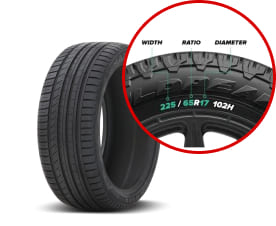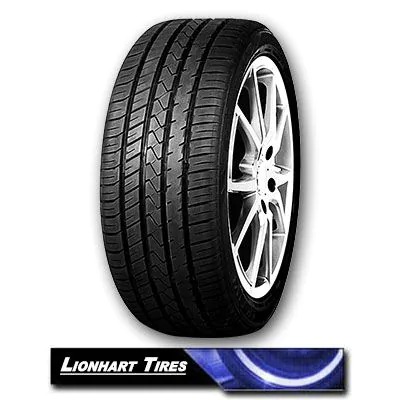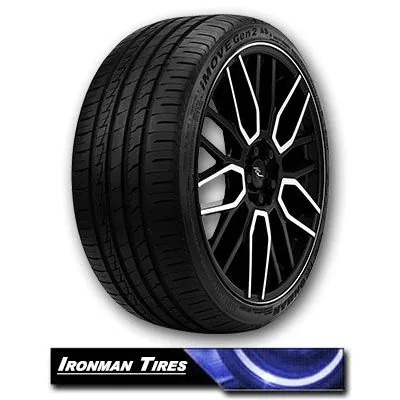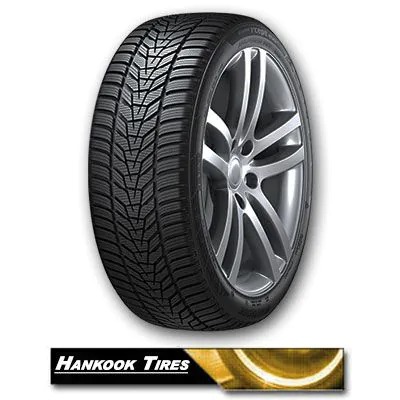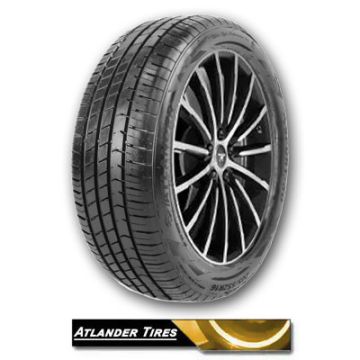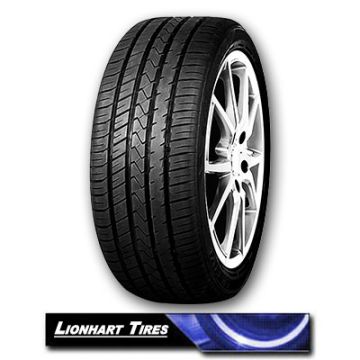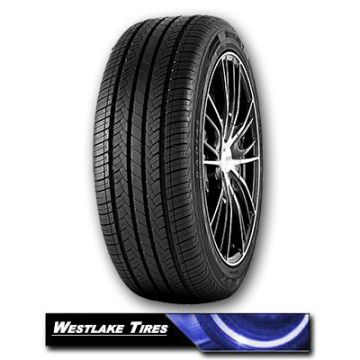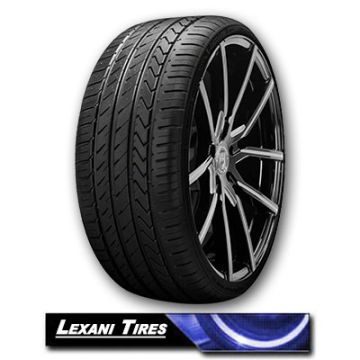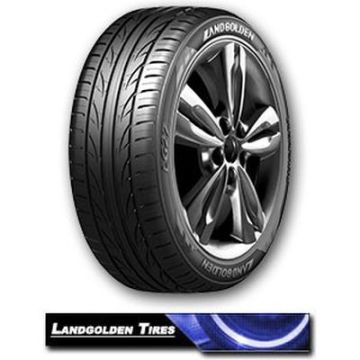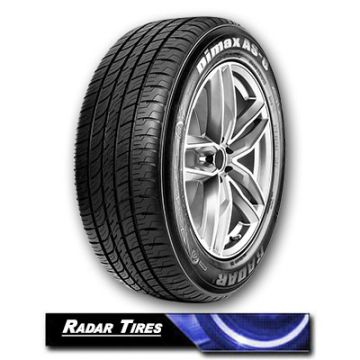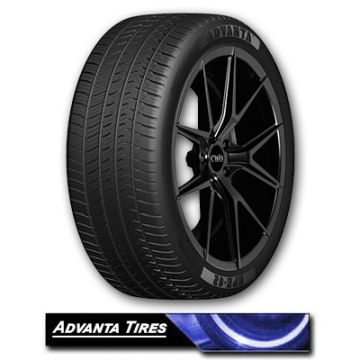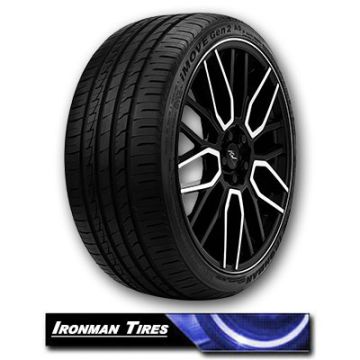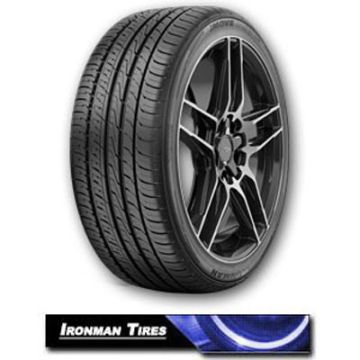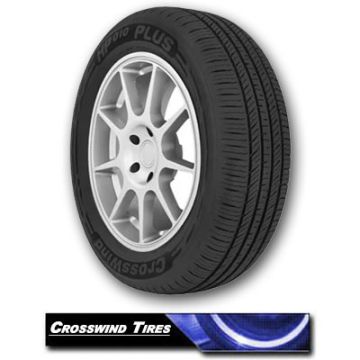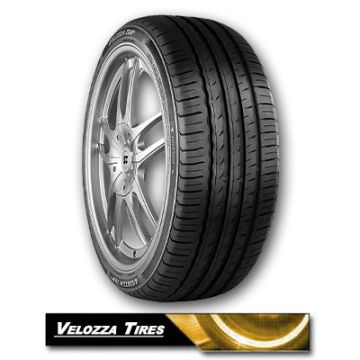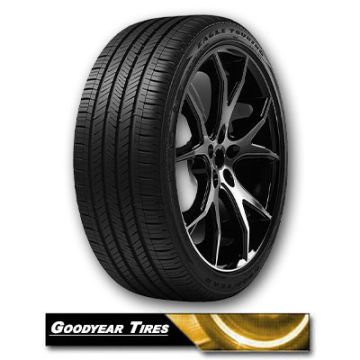Frequently Asked Questions
Most 245/45R19 tires tend to have a recommended air pressure of between 30-35 PSI when cold. However, this can vary depending on your vehicle’s make and model, that’s why you should always double-check the placard on your vehicle’s doorframe or your owner’s manual.
This is the tire size information. 245 is the tread width in millimeters, 45 is the aspect ratio, meaning that the sidewall height is 45% of the tread width, R stands for radial construction, and 19 is the wheel diameter in inches.
When properly installed and inflated on a 19-inch wheel, a 245/45R19 tire measures around 25.3 inches in diameter. It boasts an exceptionally broad 9.6-inch tread face and an extremely low 5.5-inch sidewall height produced by the 45% aspect proportion.
Some similar sizes to a 245/45R19 tire are 235/50R19, 255/40R19, and 225/45R19. Although the tread width and aspect ratios might differ, these sizes are all within one inch in total diameter when inflated. Use our online fitment guide to get the perfect tire size for your vehicle.
Most vehicle manufacturers recommend you rotate these tires every 5,000–7,500 miles. The best rotation frequency depends upon factors such as your driving style, alignment settings and vehicle type/weight. Always refer to your owner’s manual to find the specific rotation schedule for your vehicle and tires.
